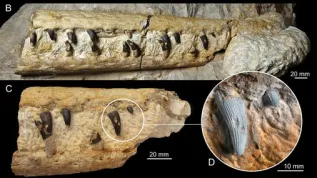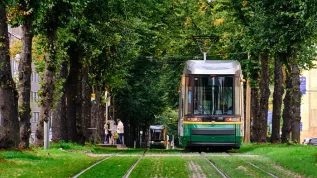
126 thousand birds belonging to 111 species is the number observed by the participants of the 10th Winter Bird Count organized last weekend by the Polish Society for the Protection of Birds (Ogólnopolskie Towarzystwo Ochrony Ptaków, OTOP). The preliminary results of the action were announced last Monday.
For the 5th time in a row, the most common species was mallard. Count participants counted almost 20,000 mallards, which seek refuge from the harsh winter conditions in urban areas. "Although these are not final results yet, ornithologists are happy about the high second place of sparrow" - noted Antoni Marczewski of OTOP. This formerly common species has been becoming rarer since the beginning of the 21st century, also due to decreasing availability of nesting sites, and food shortage for adult and young birds. Not without significance is the growing population of urban magpies and crows, which hunt sparrows.
Sparrows are not threatened by the mild rook, which in the last Bird Count took high, 3rd place. Roods wintering in Poland rooks are mostly from the populations nesting in Russia, the Baltic countries and Scandinavia. According to the submitted observation cards, the participants of the Winter Bird Count saw 10.5 thousand rooks. "We must remember, however, that the actual figure is much higher, because the count mostly took place during the day, when a large part of rooks feed away from built-up areas" - said Marczewski.
Ornithologists admit that so far the results of this year’s count are similar to those of the previous season. There are exceptions, such as the position of fieldfare, represented in the previous season by 2,434 birds (20th place). This year, it is already known about 4877 birds (which gives this bird 10th place). More results are being received.
Large number of fieldfares encountered by persons participating in the Winter Bird Count is probably due to the relatively recent attack of harsh winter. "Thrushes could move from the agricultural landscape to towns and villages, where they look for fruit trees and shrubs on which they feed" - explained Marczewski. The largest reported flock of 350 fieldfares grazed on rowan and mistletoe in Jastrzębie-Zdrój. (PAP)
zan/ ula/ mrt/
tr. RL













